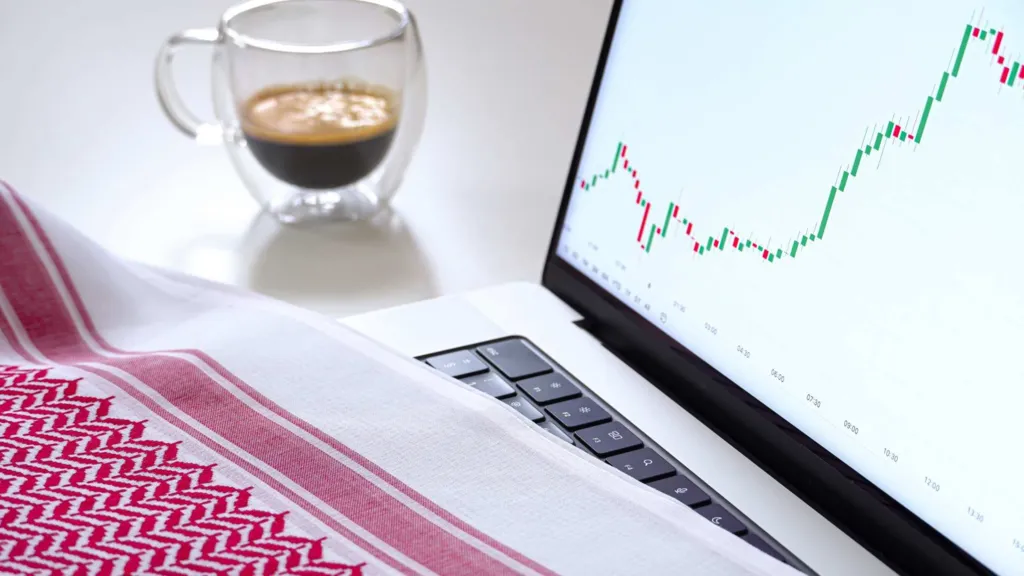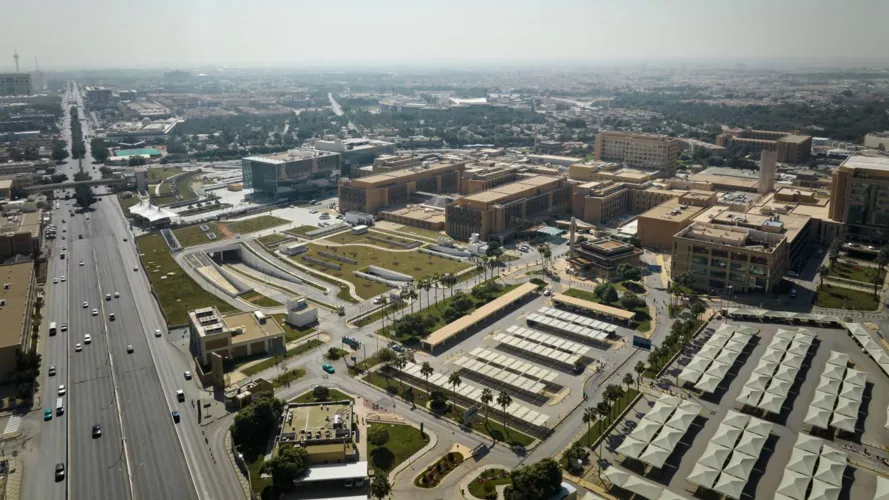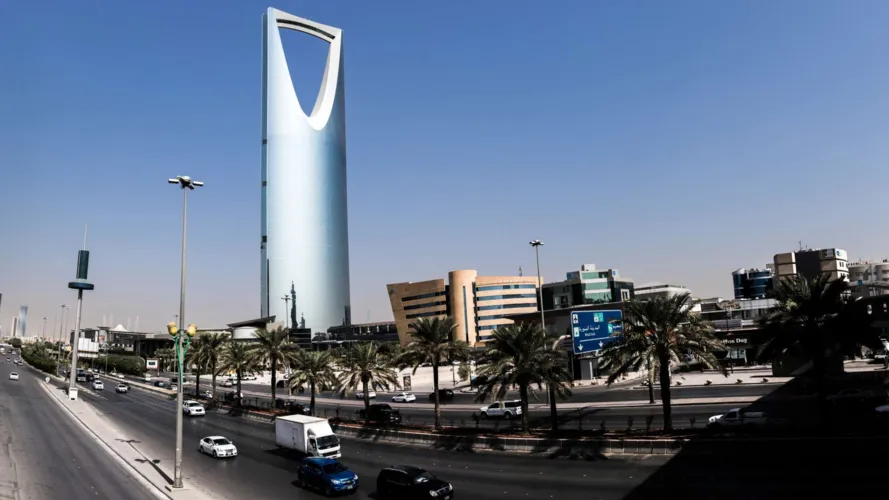5.1% Market Surge Signals Investor Confidence in Saudi M&A Policy Shift
Saudi Arabia’s benchmark index (TASI) jumped 5.1% to 11,426 (9/24)—its largest single-day gain in over five years—following news that regulators may lift the 49% cap on foreign ownership of listed companies. This surge reflects growing investor confidence in the Saudi M&A Policy Shift, which is expected to reshape the region’s deal-making landscape.
Strategic M&A Set to Accelerate as Ownership Barriers Ease
The proposed reform could unlock a wave of mergers and acquisitions, particularly in sectors like banking, energy, and real estate. With foreign investors potentially gaining majority control, strategic partnerships and cross-border deals are likely to intensify. The Saudi M&A Policy Shift is poised to transform passive investment into active ownership, encouraging operational integration and long-term strategic alignment.
Banking Sector Leads with 10% Gains—Al Rajhi and SNB in Focus
Al Rajhi Bank and Saudi National Bank both surged 10%, hitting the exchange’s daily trading limit. These gains suggest that financial institutions may become prime targets for foreign-led M&A activity. As regulatory clarity improves, banks could see increased interest from global players seeking exposure to the region’s robust Islamic finance ecosystem.
$10 Billion in Potential Foreign Inflows Could Fuel M&A Pipeline
Analysts estimate that the reform could trigger over $10 billion in foreign inflows. This capital injection would not only boost liquidity but also provide the financial muscle for acquisitions, joint ventures, and strategic buyouts. The Saudi M&A Policy Shift is expected to catalyze deal-making across industries, from energy to tech.
Aramco’s 0.2% Dip Highlights M&A Sensitivity to Global Negotiations
While most stocks rallied, Saudi Aramco slipped 0.2% amid stalled talks over a €1 billion ($1.2 billion) investment in Repsol’s renewables unit. The impasse underscores how global M&A negotiations remain sensitive to valuation and strategic alignment. As the Saudi M&A Policy Shift unfolds, companies like Aramco may recalibrate their acquisition strategies to align with evolving investor expectations.
Regional Markets React—Dubai and Abu Dhabi Decline Over 1%
Dubai’s DFMGI fell 1.5% to 5,872, while Abu Dhabi’s FTFADGI dropped 1.3% to 9,978. The declines reflect cautious sentiment as investors digest the implications of Saudi’s regulatory pivot. The Saudi M&A Policy Shift may prompt regional competitors to reassess their own foreign investment frameworks to stay competitive.
Broader MENA Impact—Mixed Signals from Qatar, Egypt, and Oman
- Qatar’s QSI fell 0.9% to 11,079, its fourth straight decline.
- Egypt’s EGX30 rose 1.8% to 35,949, driven by a 3.2% gain in Commercial International Bank.
- Oman’s MSX30 edged up 0.5% to 5,114.
These movements suggest that while Saudi Arabia leads the reform narrative, neighboring markets are watching closely. The “Saudi M&A Policy Shift” could serve as a blueprint for regional liberalization, especially in markets seeking to attract long-term foreign capital.
Investor Outlook: Reform as a Catalyst for Deal-Making Innovation
The potential easing of ownership rules is more than a regulatory tweak—it’s a strategic pivot. By enabling majority foreign stakes, Saudi Arabia is signaling its intent to become a global M&A hub. The Saudi M&A Policy Shift is expected to foster innovation, improve governance, and deepen market sophistication, making the Kingdom a more attractive destination for dealmakers worldwide.
Also Read: Easing Foreign Ownership Rules Ignite Saudi Stock Rally







